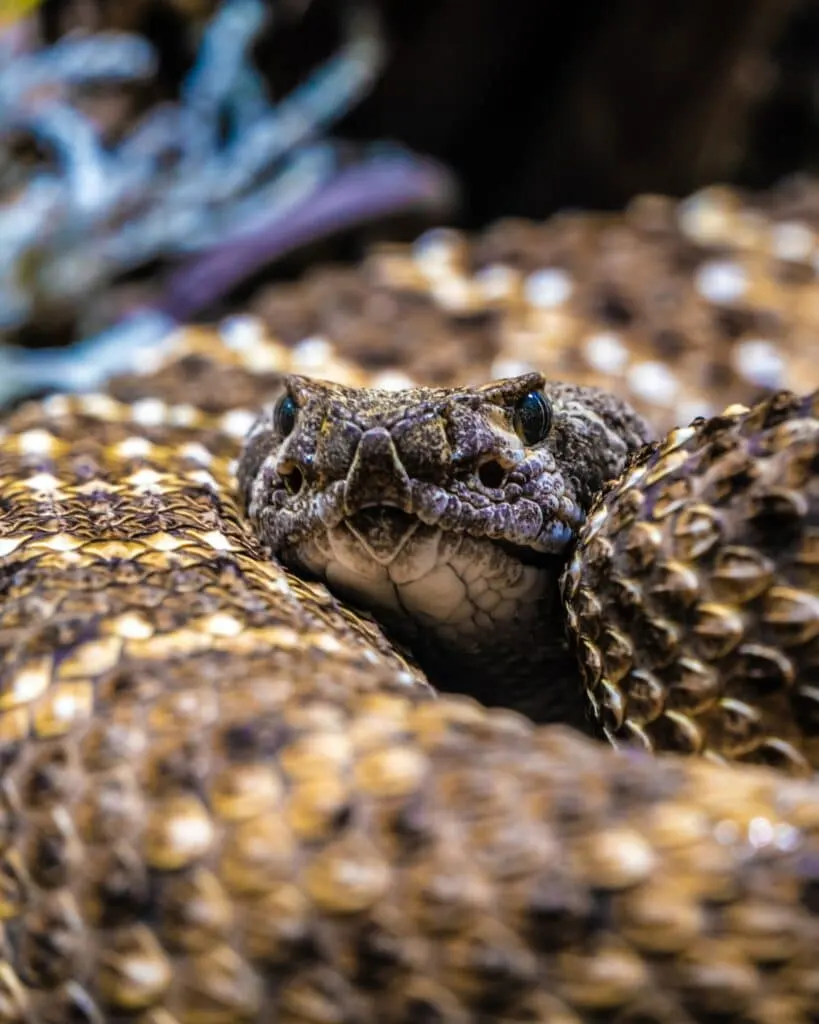If you’ve spent time outdoors, you’re likely familiar with rattlesnakes. They come in various shapes and sizes, all across the globe. Each species has a specific region that it inhabits.
Every part of the U.S., except for Alaska, has at least one type of rattlesnake present. Georgia is no different — although many people may not know about its native eastern diamondback rattlesnake.
If you plan to explore this southern state’s woodlands or beaches, knowing how to safely and respectfully co-exist with these creatures could help protect you and them from harm!
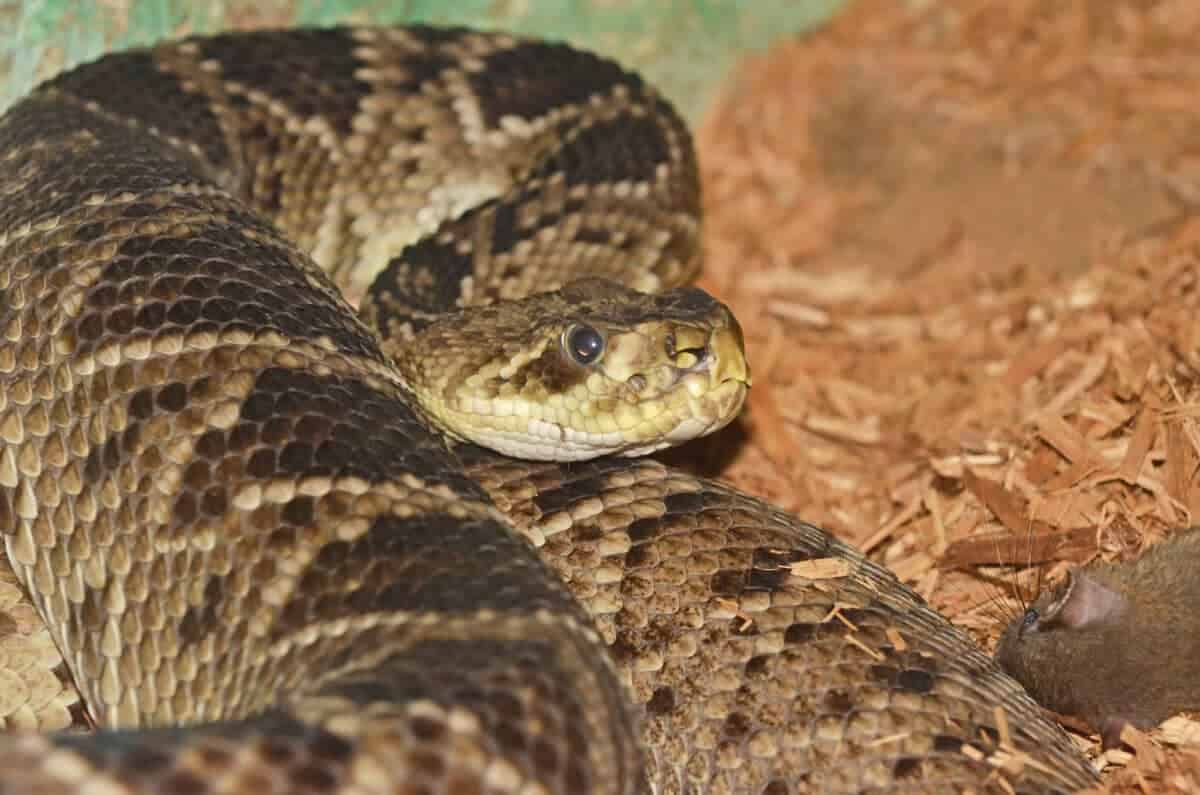
Slither ahead to any section below!
Introducing The Eastern Diamondback Rattlesnake – Its Appearance, Habits, And Habitat
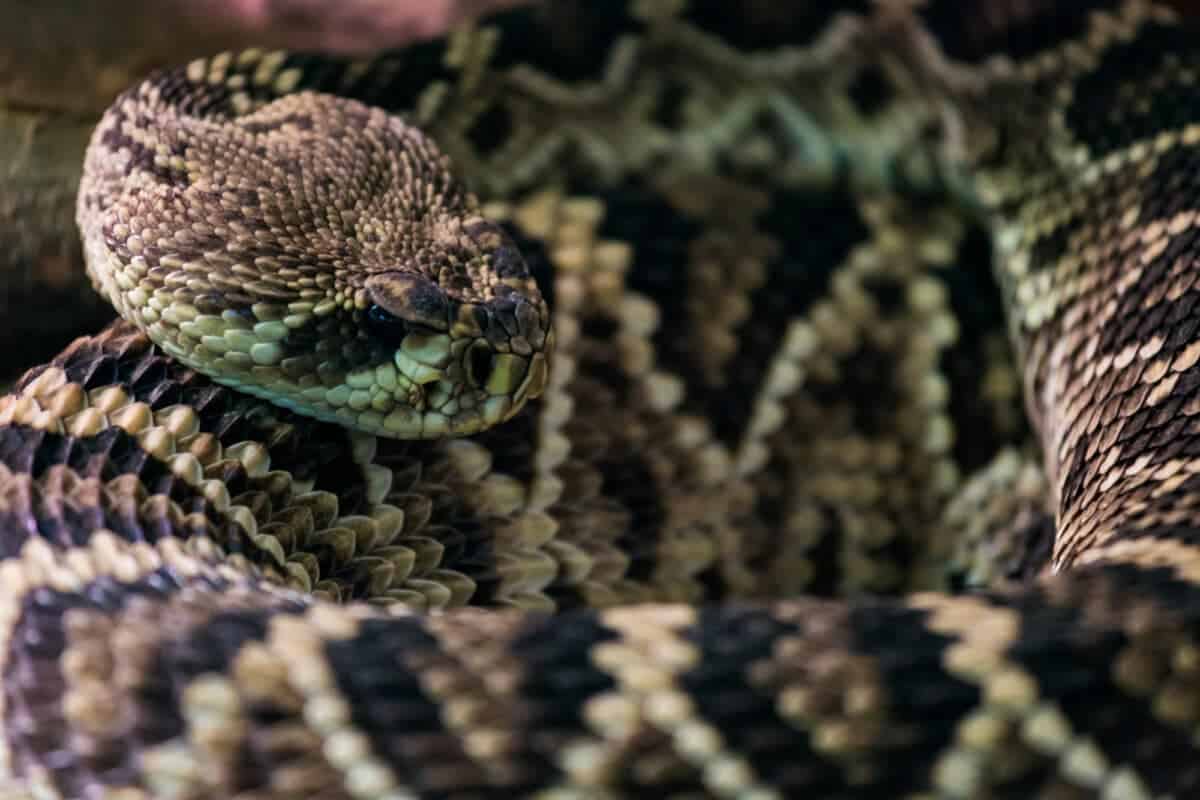
Eastern Diamondback Rattlesnakes can be found throughout the southeastern United States, from North Carolina to Florida.
With an impressive average length of six feet. These large rattlesnakes are easily recognizable by their diamond-shaped markings and trademark rattle on their tails.
Eastern Diamondbacks are also known for their distinctively large heads and powerful venom. Which they use to prey on small mammals such as rabbits, rodents, and even birds. These snakes are present in various habitats, including forests, swamps, and coastal plains, but they have a particular affinity for scrubland and pine forests.
Check out: Explore Georgia’s Black Bear Population.
Common Myths About The Eastern Diamondback Rattlesnake – Debunking Common Misconceptions

Eastern Diamondback Rattlesnakes are often the subject of fear and misunderstanding among people. Unfortunately, this misconception among people led to the expansion of many myths surrounding these creatures.
One of their most common misconceptions is that they are always aggressive and ready to strike at any moment. It, however, couldn’t be beyond the truth. In reality, these snakes are shy and prefer to avoid confrontation with humans.
Another myth is that their venom is far more deadly than any other North American snake. While it’s true that the venom is potent, the truth is that several other snakes produce far more toxic venom than the Eastern Diamondback.
How To Stay Safe Around The Eastern Diamondback Rattlesnake – Preparation And Prevention
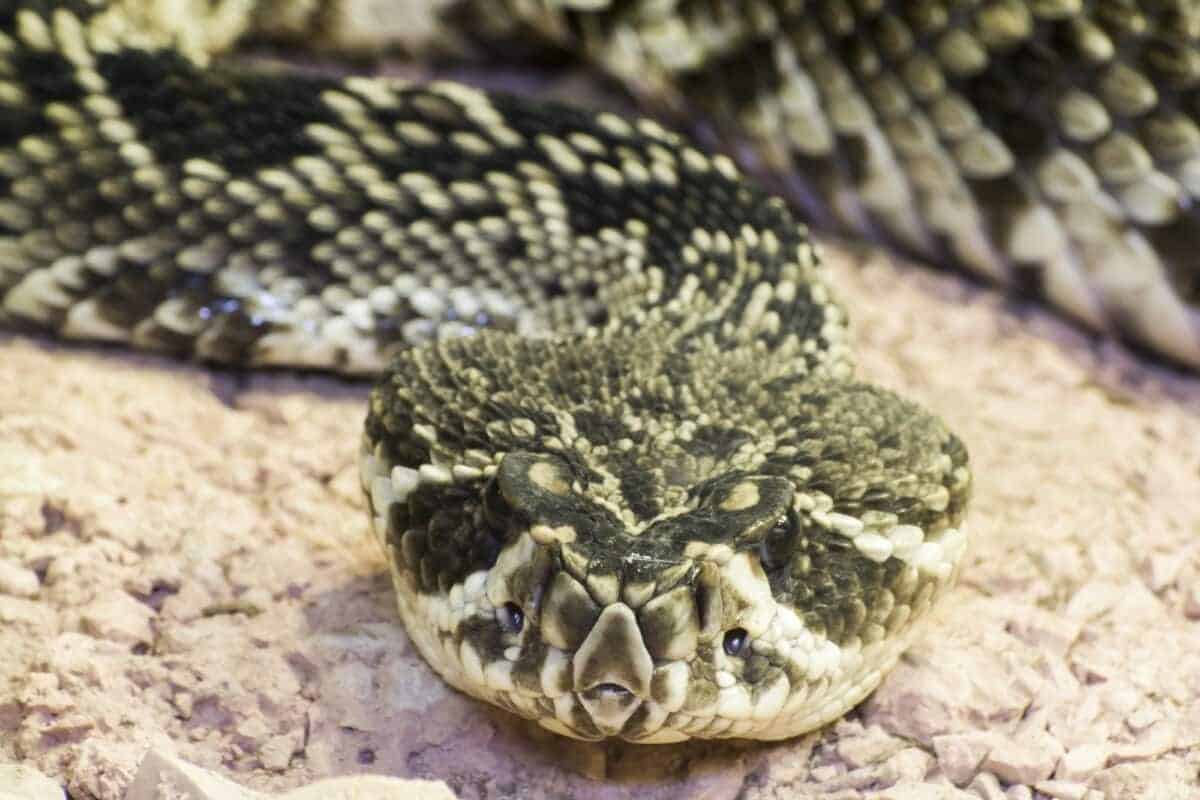
As beautiful as the Eastern Diamondback Rattlesnake may be, encountering one can be dangerous. However, you can stay safe by taking the proper precautions and making yourself aware of their habitat and behaviors.
Before venturing into rattlesnake territory, it’s important to properly prepare by wearing protective clothing and carrying a snakebite kit. Also, avoid stepping off trails or rocks, and always use a flashlight when hiking at night.
Remember, prevention is necessary when it comes to staying safe around rattlesnakes. Keep a safe distance and always be aware of your surroundings. With these measures, you can hike with peace of mind and avoid any potential run-ins with these slithery creatures.
Check out: The Most Ferocious Freshwater Predator: The Piranha.
Essential Tips From Experienced Professionals On Avoiding An Attack
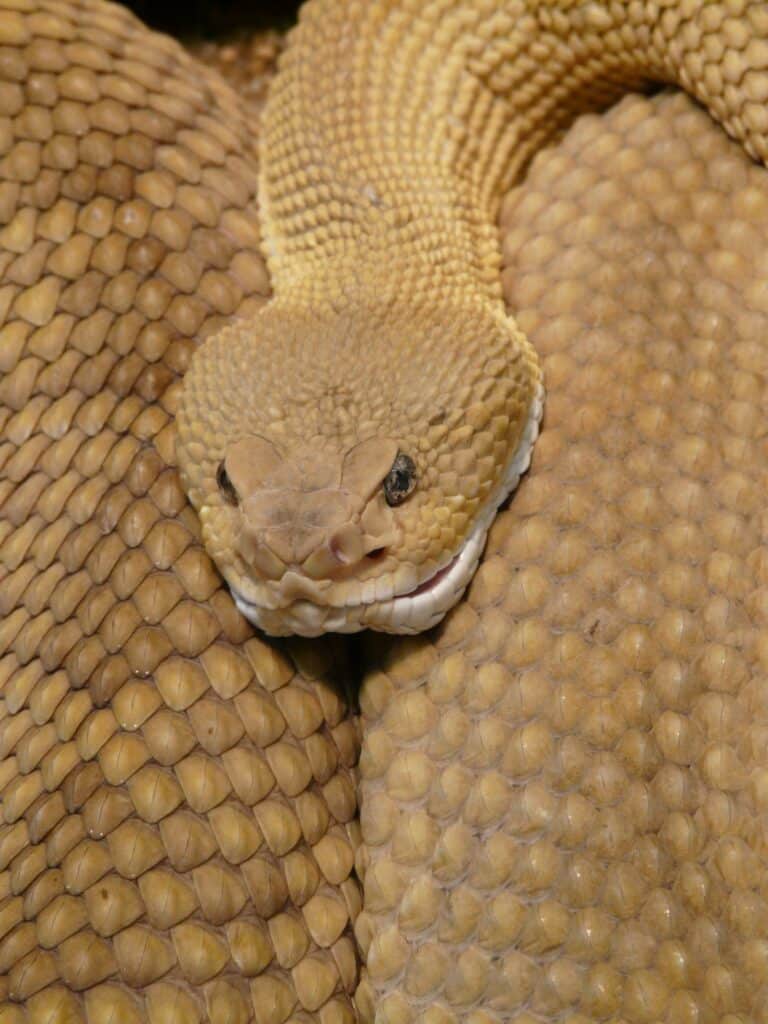
When it comes to safety, prevention is always better than reaction. That’s why it’s necessary to arm yourself with knowledge from experienced professionals on how to avoid an attack.
While there is no foolproof method of protecting yourself, there are measures you can take to decrease your likelihood of being targeted. Whether carrying a personal alarm, avoiding isolated areas, or keeping your phone charged and ready at all times, every little bit helps.
And while it’s easy to brush off the importance of being street-smart. It can make all the difference in a dangerous situation. So take the advice of those who have seen it all before, and stay safe out there!
What Should You Do If You Encounter An Eastern Diamondback Rattlesnake?
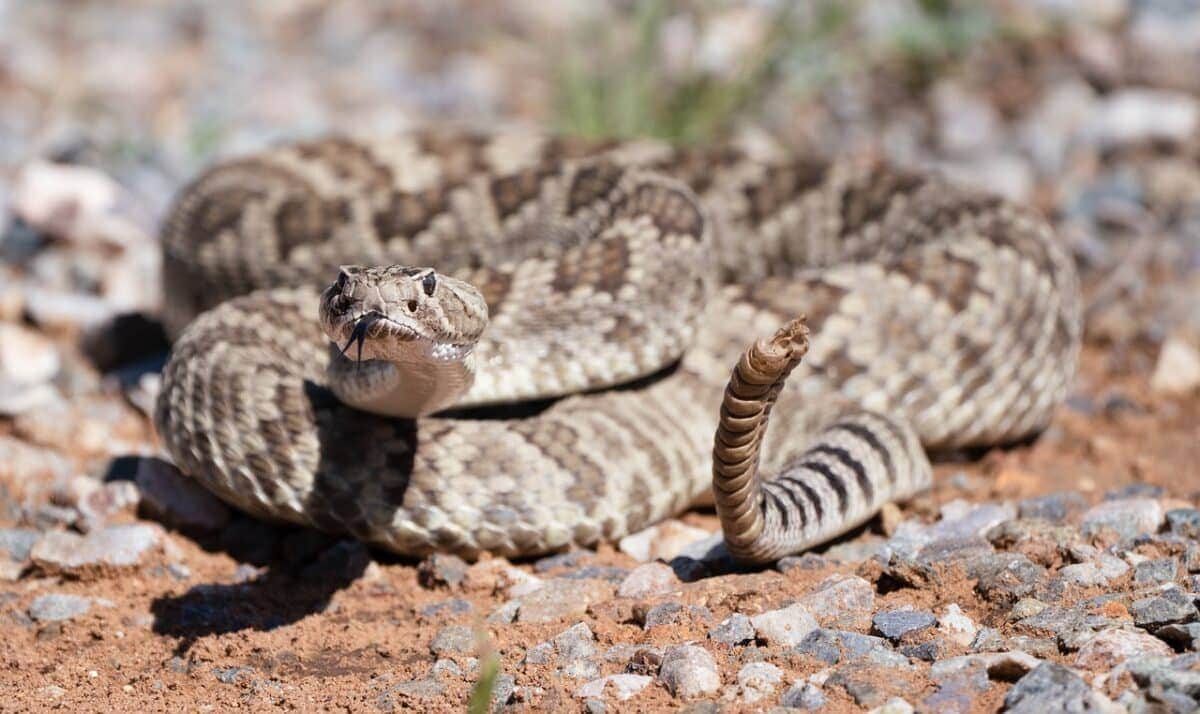
If you’re hiking or enjoying nature, encountering an Eastern Diamondback Rattlesnake can be a very scary experience. However, knowing what to do in this situation is important to keep yourself safe.
Firstly, keep your distance and don’t approach the snake. Please give it a wide berth and try not to startle it. If the snake is blocking your path, try to find an alternative route or wait for it to move independently.
If you get bitten, seek medical help immediately and stay calm to slow the spread of venom. Remember, these snakes are an important part of their ecosystem and should be respected from a safe distance.
What To Do If Bitten By An Eastern Diamondback Rattlesnake – Treatment Options Available
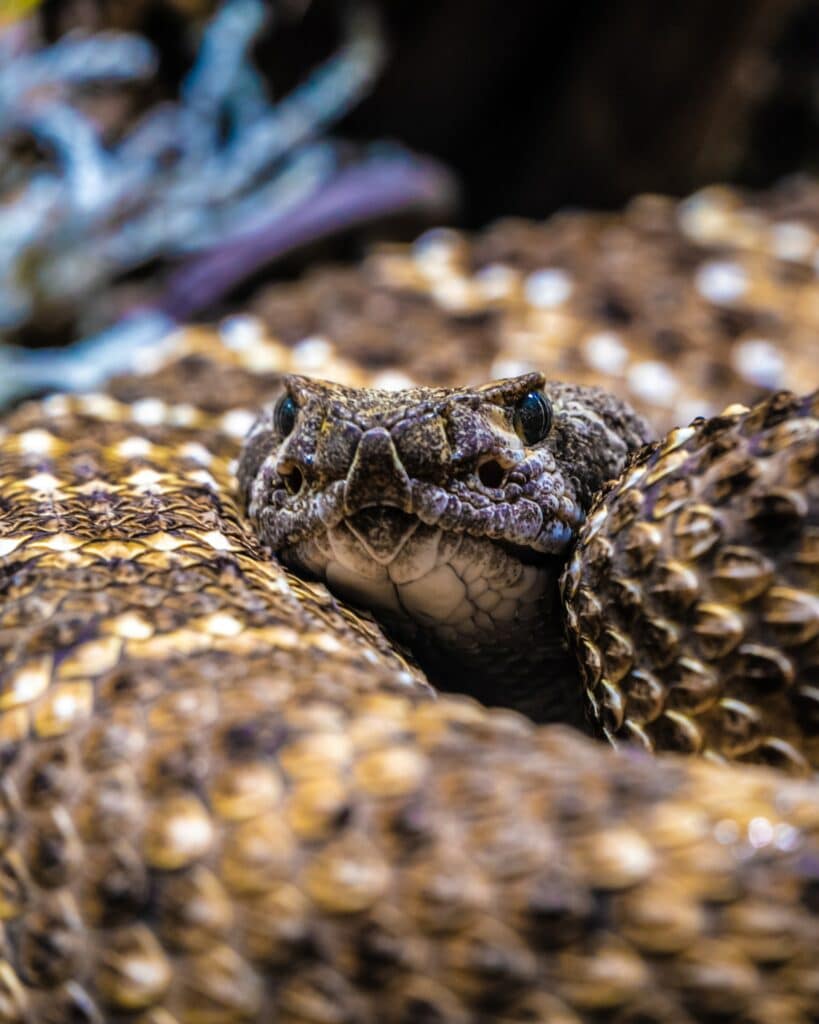
If you happen to be bitten by an Eastern Diamondback Rattlesnake, it’s important not to panic. There are several treatment options available that can help minimize the effects of the venom.
The first step is to get away from the snake and get to safety. Avoid moving too much, as this can spread the venom faster. Applying suction devices or tourniquets, or trying to suck out the venom by mouth, is not recommended, as it can worsen the situation. Instead, seek immediate medical attention.
Be sure to let the medical professionals know the type of snake that bit you, as they’ll need to know which type of antivenom to use. Remember, it’s always better to take precautions and avoid potential snake bites altogether by staying alert, wearing proper clothing, and avoiding tall grass or rocky areas.
Check out: The World’s Most Powerful Mammal: The Mighty African Elephant.
Key Points
| Georgia is home to a hidden threat that many residents may not be aware of – the eastern diamondback rattlesnake. This venomous snake can grow up to eight feet in length and is recognized as the largest rattlesnake species in the world. |
| Venomous snakes can grow up to eight feet in length and are recognized as the largest rattlesnake species in the world. |
| The eastern diamondback rattlesnake’s venom is extremely potent and considered a significant danger to humans and animals alike. |
| Eastern diamondback rattlesnake plays a crucial role in Georgia’s ecosystem. As an apex predator, it helps to control populations of smaller animals, including rodents, which can cause significant damage to vegetation and crops. |
| Given the eastern diamondback rattlesnake’s significance in both the human and natural world, Georgia residents must understand the dangers this species presents while also recognizing its importance in the ecosystem. |
Final Take
From the Appalachian Mountains’ hills to the lowlands’ swamps, Georgia is a great place to explore and discover its diverse wildlife. While it may be best to observe from a distance, the Eastern diamondback rattlesnake is an important part of our state’s ecosystem and should be noticed.
Its rattling sound is an effective warning system for humans letting you know that you are near one of Georgia’s most elusive creatures.
Education is key when dealing with these animals; always remember to keep your distance and be aware of your surroundings. In addition, only try to handle or remove them from their natural environment with professional help.
By being cautious and understanding our state’s hidden threat, we can better conserve the Eastern diamondback rattlesnake population and ensure its long-term survival in Georgia!
Thanks for reading along with me! Check out our related article links below.
Next up: Explore Texas’s Mountain Lion Population, Explore Florida’s Bull Shark Population, River Showdown: Otter Outwits A Crocodile, Explore Pennsylvania’s Coyote Population and Meet New York’s Urban Coyote Population.
Join our Forum for free today!

- Why Do Zebras Have Stripes - July 23, 2024
- Huge Pet Bison Breaks Into House - July 22, 2024
- Giant Black Bear Surprises Beachgoers by Emerging from the Ocean in Florida - July 22, 2024

